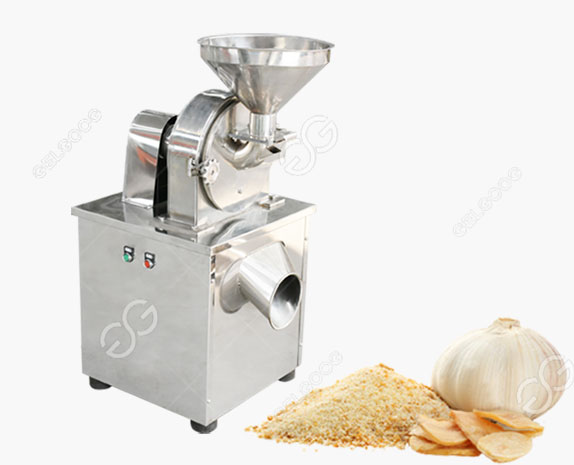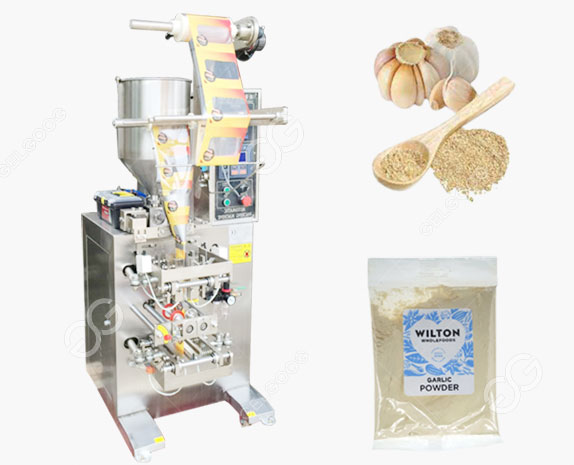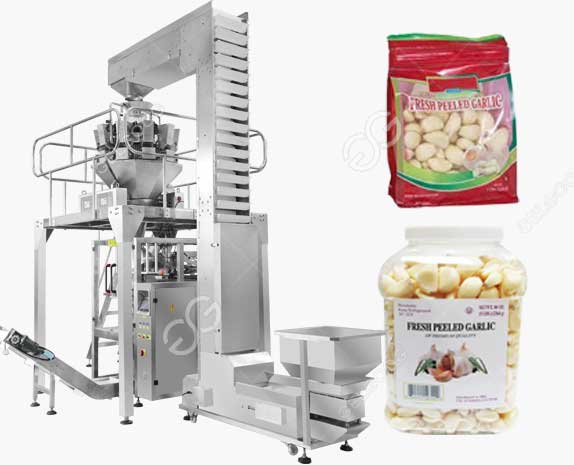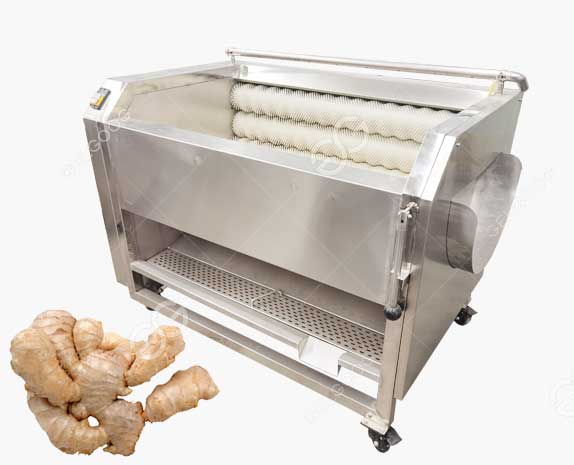Ginger, with its unique flavor and health benefits, has become a staple in kitchens worldwide. However, have you ever wondered how this humble root undergoes a transformation from farm to table? Join us on a fascinating journey as we explore the industrial processing of ginger in factories, unraveling the steps that bring this versatile spice to your kitchen shelves.
Harvesting:
The journey begins in ginger farms, where skilled farmers carefully harvest mature ginger rhizomes. These rhizomes, or underground stems, are the edible parts of the ginger plant, prized for their distinctive taste and medicinal properties.
Cleaning and Sorting:
Once harvested, the ginger rhizomes are transported to the processing facility. The first step involves thorough cleaning to remove soil, debris, and other impurities. The cleaned ginger is then sorted based on size and quality, ensuring only the finest rhizomes make it to the next stage.
Peeling:
In the factory, specialized machines peel the ginger, removing the outer skin to reveal the fresh, pale-yellow flesh. This step not only enhances the ginger's visual appeal but also ensures a clean and uniform product.
Slicing or Crushing:
Depending on the final product, the ginger may undergo slicing or crushing. Sliced ginger is often preferred for applications like pickling or as an ingredient in culinary dishes. Alternatively, crushed ginger is commonly used in the production of ginger extracts and juices.
Drying:
To extend shelf life and preserve the ginger's flavor, the sliced or crushed pieces are dried. Industrial drying methods, such as air-drying or dehydration, are employed to reduce moisture content and inhibit the growth of microorganisms. The dried ginger is then ready for further processing or packaging.
Grinding and Powdering:
For the production of ground ginger or ginger powder, the dried slices undergo grinding processes. This involves milling the dried ginger into a fine powder, ensuring convenience for consumers and easy integration into various recipes.
Packaging:
The final step in the industrial processing of ginger involves packaging the processed products. Whether it's whole slices, crushed ginger, or ginger powder, the carefully processed ginger is sealed in packaging that maintains its freshness and quality.
Conclusion:
From the farms to the factory, the industrial processing of ginger is a meticulously orchestrated journey that transforms raw rhizomes into the versatile spice we know and love. By understanding the steps involved, we gain a greater appreciation for the craftsmanship behind each ginger product, enriching our culinary experiences and health-conscious choices. So, the next time you reach for that jar of ginger powder, take a moment to savor the story of its journey from field to factory to your kitchen.
We can provide a complete ginger powder production line. If you want to start related business, you can contact us at any time and we can provide you with a complete solution.




